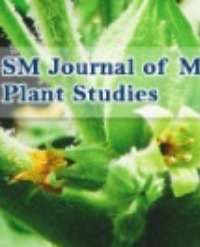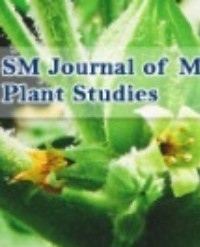
Effects of Seed Rate and Nitrogen Fertilizer Rate on Nutritive Value of Oat (Avena sativa L.) at Sirinka, Ethiopia
The present study was conducted to assess seed rate (SR) and nitrogen rate (NR) effects on nutritional quality of oat (Avena sativa L.) at Sirinka Agricultural Research Center, North Eastern Amhara, Ethiopia on July 2018. Levels of SR were 60, 80 and 100 kg/h and that of NL were 50, 100 and 150 kg/ha in the form of Urea (46% N). The experiment was conducted in a 3x3 factorial arrangement of treatments in a Randomized Complete Block Design (RCBD) with 3 replications giving a total of 27 plots, each measuring 2×1.4 m2 . Chemical composition for forage quality measurements were analyzed. Results showed that the interaction between seed rate and nitrogen rate had a significant (p<0.05) effect on almost all quality parameters measured. Increasing trend for crude protein content with increasing levels of seed rate and level of nitrogen were recorded, with the crude protein content ranging 7.4 to 8.6%. The NDF, ADF and cellulose contents ranged 51-58, 30-33 and 26-29%, respectively, and tended to increase with increasing seed rate and nitrogen rate of fertilization. Thus, high seed rate and nitrogen rate leads to improved forage quality. Generally, combination of 100 kg/ha seed rate and 150 kg/ha nitrogen recorded higher forage yield with higher quality and higher net return and benefit cost ratio (2.56) over rest of the combinations. Thus, seed rate of 100 kg/ha and nitrogen fertilizer rate of 150 kg/ha Urea can be recommended for better nutritional quality use by farmers in Sirinka area and other areas having similar agro-ecologies and soil type.
Yidersal Erega*, Fasil Nigusie and Getachew Animut

